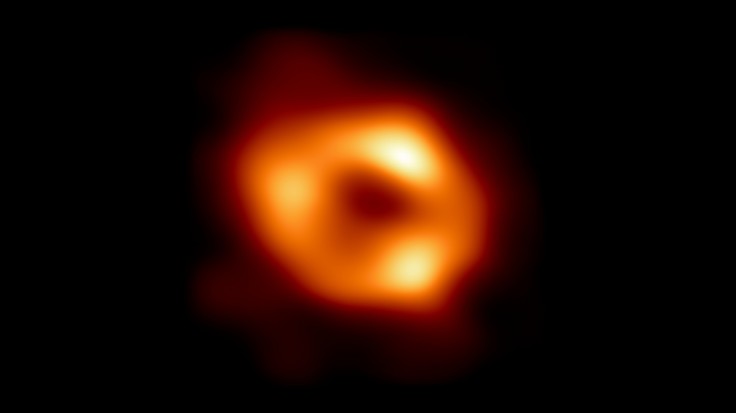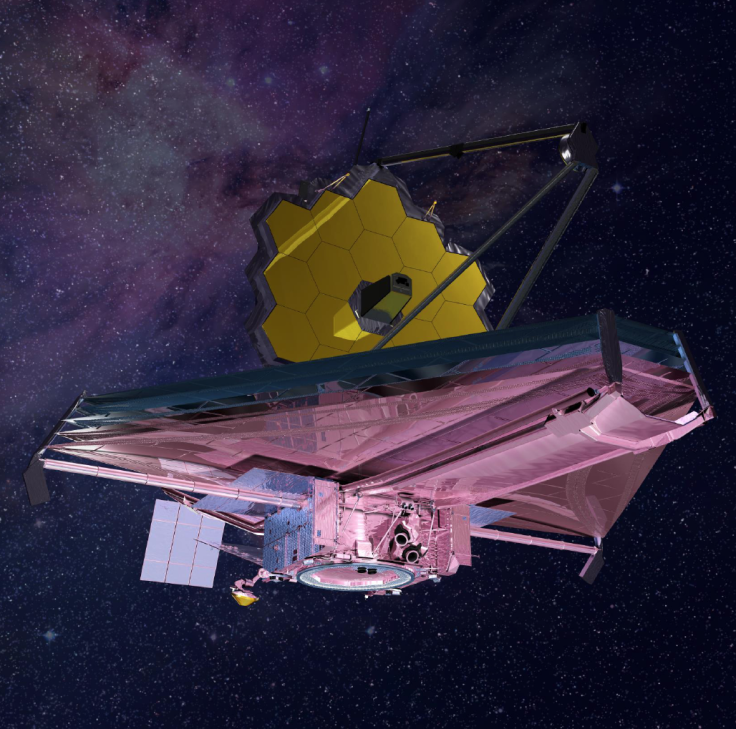NASA seems to be gearing up for what it will do first with the James Webb Space Telescope (JWST or Webb) once it receives its commission.
The space agency is reportedly taking its plan to use Webb alongside the Event Horizon Telescope to observe, take pictures, and help NASA experts study the supermassive black hole at the center of the Milky Way galaxy, per Space.com.
Webb previously sustained damage after getting hit by a meteoroid, but NASA claims that the damage is ignorable and can be worked around.
Webb and Event Horizon Telescope Collaboration Details

NASA is reportedly using both Webb and Event Horizons to observe and take photos of the supermassive black hole at the center of the Milky Way galaxy to get a clearer read on the celestial body.
The plan to use both telescopes was made by NASA back in late October 2021, almost two months before NASA sent Webb into orbit. At the time, NASA scientists were unable to get a good picture of the supermassive black hole at the center of the Milky Way due to "unique flickering flares" in the material surrounding it.
The Event Horizon Telescope previously took a picture of the black hole in April 2019, which is dubbed the first-ever photo of a black hole published in modern history. However, the image wasn't as good as experts hoped it would be despite it being good for a first photo.
Farhad Yusef-Zadeh, an astronomer at Northwestern University in Illinois, thought that the picture was a nice surprise and that it was "pretty good" for a first image.
"I thought that the image would be a little bit more messy because of the variability [caused by the flares] of Sagittarius A*" Yusef-Zadeh added.
Sagittarius A* is the name NASA gave to the Milky Way's monster black hole.
Yusef-Zadeh mentioned that experts don't know how the flares are produced and that they are particles like cosmic ray particles that move close to the speed of light.
Each flare is described to be visible in infrared light, but the signal stretches into what astronomers call submillimeter radiation, which the Event Horizon Telescope used to make its black hole images.
Unfortunately, the variability of the flares isn't good for NASA, as observing a variable source is the worst thing that could happen when imaging a black hole.
Can Webb Handle It?

As such, taking away the variability is Webb's job in the collaboration.
Webb is equipped with two instruments that can gather data in two different types of infrared light at the same time, providing experts with the tools needed to differentiate the flares Sagittarius A* creates and itself.
However, Webb sustained damage in its C3 segment by a larger than normal micrometeoroid between May 23 and 25, which left a marginally detectable effect in the data the space telescope sends back to Earth.
NASA mentioned that the micrometeoroid's impact did not significantly affect Webb's performance and that it is still exceeding the space agency's expectations despite the impact.
Webb is expected to be fully commissioned this summer, with its first photos after receiving its commission being published for the world to see on July 12.
Yusef-Zadeh mentioned that even if Webb is unable to get a proper view of the black hole, NASA can still try again in 2023 and that he'll accept whatever observations he'll get due to Sagittarius A*'s nature.









